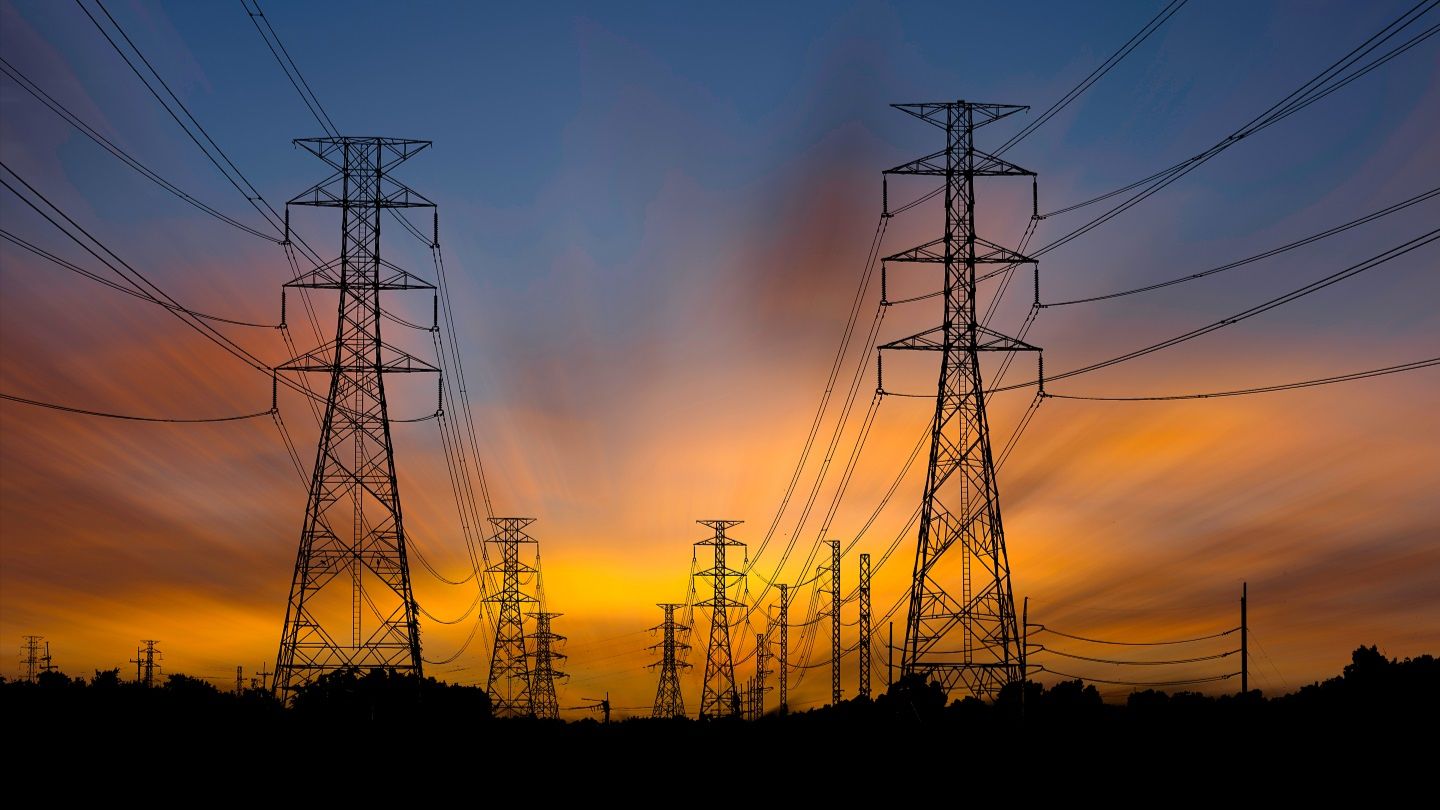
Dutch transmission operator TenneT has entered a framework agreement with Siemens Energy, Hitachi Energy, GE Grid and Royal SMIT for the supply of transmission equipment in Germany and the Netherlands, totalling $2bn (€1.9bn).
The four companies will supply 110 compensation coils and 160 power transformers.
€1.1bn has been allocated to Germany under the agreement, with the remaining €730m going to the Netherlands.
Each of the electrical equipment makers will supply a quarter of the total volume. These four contracts are crucial for optimising and maintaining TenneT’s transmission grid.
The company stated that the substations in both countries need to be adapted to meet the growing demand for energy transition.
Although Germany will receive 98 power transformers and the Netherlands will receive 61, 68 compensation coils have been earmarked for the Netherlands and 38 for Germany.
These assets will be installed in maintenance projects as well as in new construction projects.
TenneT chief operating officer Tim Meyerjürgens stated: “The energy transition requires a complete system overhaul, not only with new power lines but also with state-of-the-art substations. To enable the integration of renewable energies into the transmission grid via the distribution grid, we need a significant number of new high-performance transformers.
“At the same time, our substations will assume system services for frequency and voltage stability, which were previously provided by conventional power plants. For this, we require additional equipment such as compensation coils.
“With today’s signing of the framework contract, we are sustainably ensuring the construction and modernisation of our substations, driving the energy transition in Germany and the Netherlands.”
The framework agreement has a minimum term of two years and can be extended for a further year up to five times.
Strengthened substations have a dual role to play: they supply local regions by transporting electricity from the transmission grid down to the voltage distribution grid, and also transform locally generated renewable energy into high-voltage levels for transmission to areas of demand.




